Advertisement
Top 14 Longest Snakes in the World
Advertisement
For thousands of years, snakes have held a controversial reputation, captivating some with their unique movement and appearance, while instilling fear in others due to ophidiophobia. These creatures are intriguing, not least for the enormous sizes that some species can achieve. Although the largest of them are no longer around, numerous large snakes still exist worldwide.
Carpet Python
The Carpet Python, native to Australia, exhibits a remarkable variety of patterns and colors, adapting to diverse environments from rainforests to arid areas. Scientifically known as Morelia spilota, these pythons can grow up to 13 feet. They are non-venomous, relying on constriction to subdue prey. Their diet mainly consists of small mammals and birds. Carpet Pythons are often found in suburban areas, showcasing their adaptability. Their distinctive appearance and adaptability make them a subject of interest for both herpetologists and snake enthusiasts.
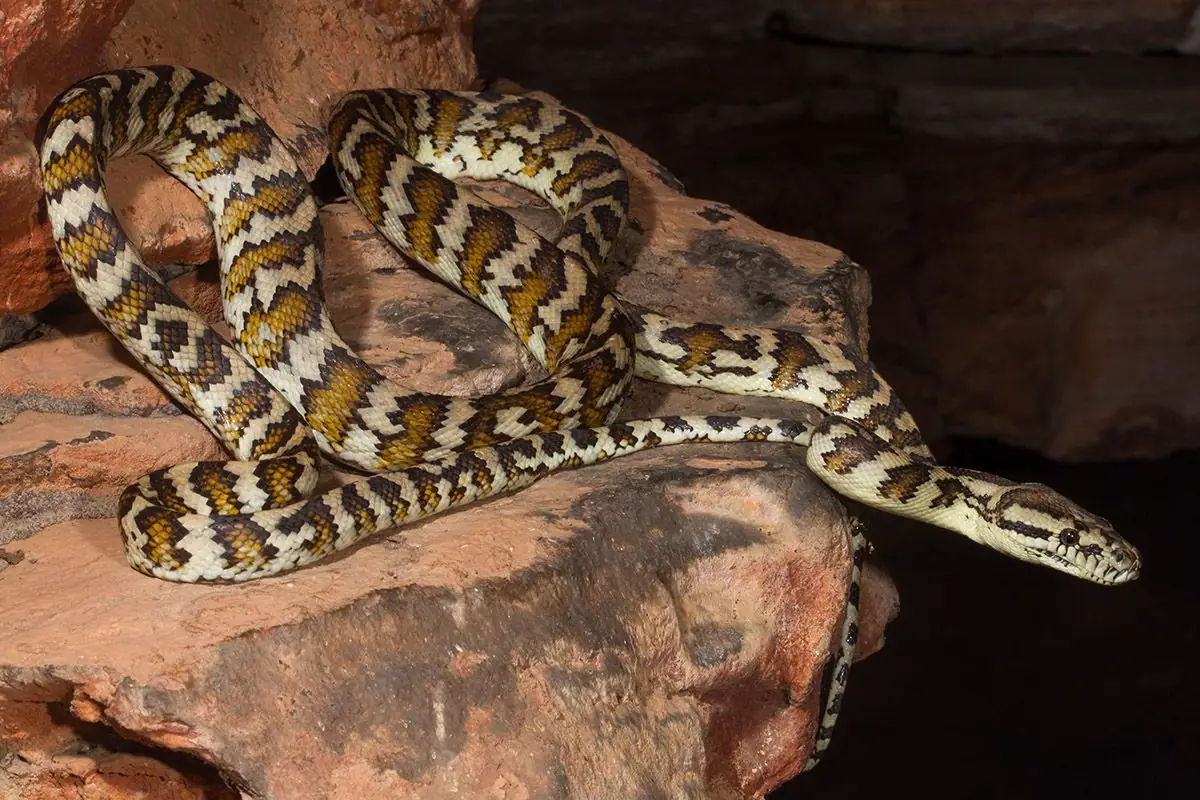
Advertisement
Green Tree Python
The Green Tree Python, scientifically Morelia viridis, is a species that thrives in the rainforests of New Guinea and parts of Indonesia. Known for its striking green color, this arboreal snake spends most of its life in trees. Juveniles are bright yellow or red, transitioning to green as they mature. They can grow up to 7 feet in length. Their diet primarily consists of small mammals and birds. The Green Tree Python is often studied for its unique coloration and tree-dwelling habits, making it a fascinating subject for wildlife researchers.
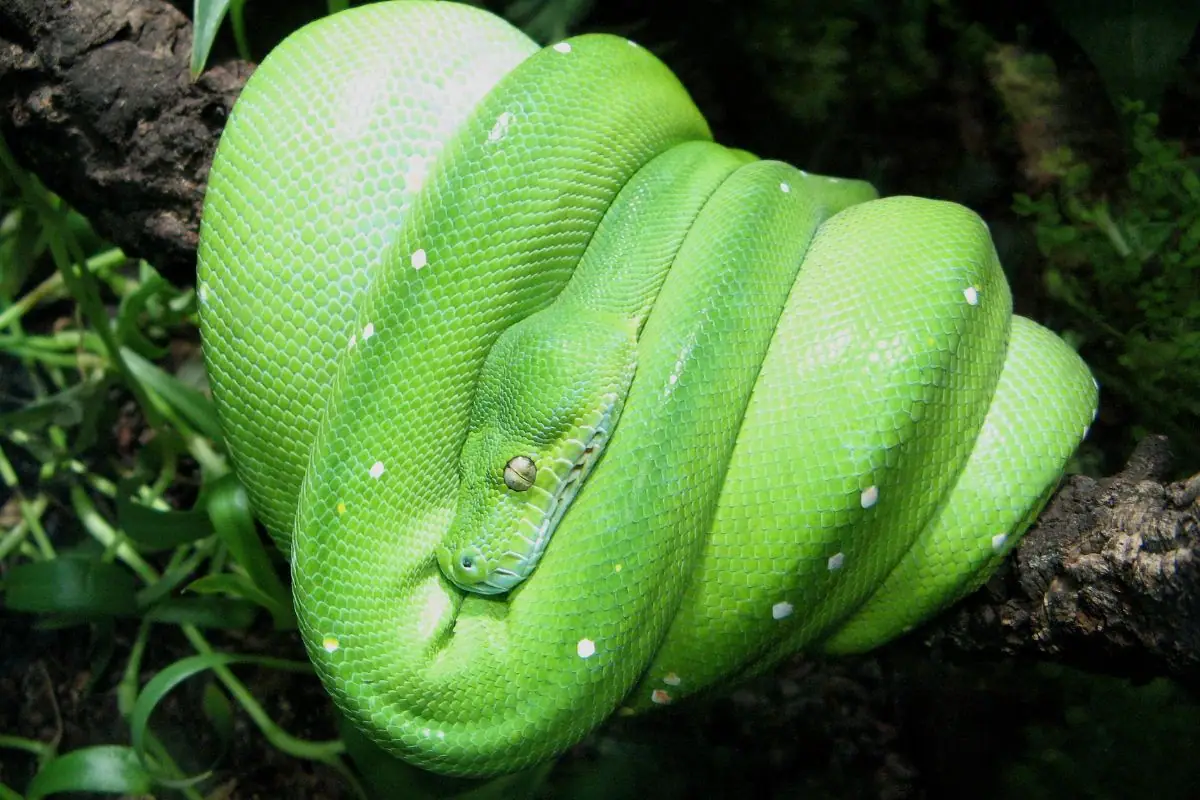
Advertisement
African Puff Adder
Bitis arietans, commonly known as the African Puff Adder, is a venomous snake found in the savannahs and grasslands of Africa. It's known for its potent venom and distinctive defensive behavior, where it inflates its body and hisses loudly. The Puff Adder, growing up to 3 feet, has a distinct pattern that aids in camouflage. It's responsible for many snakebite incidents due to its presence near human habitats. The species is crucial for understanding venom composition and snakebite treatment methods.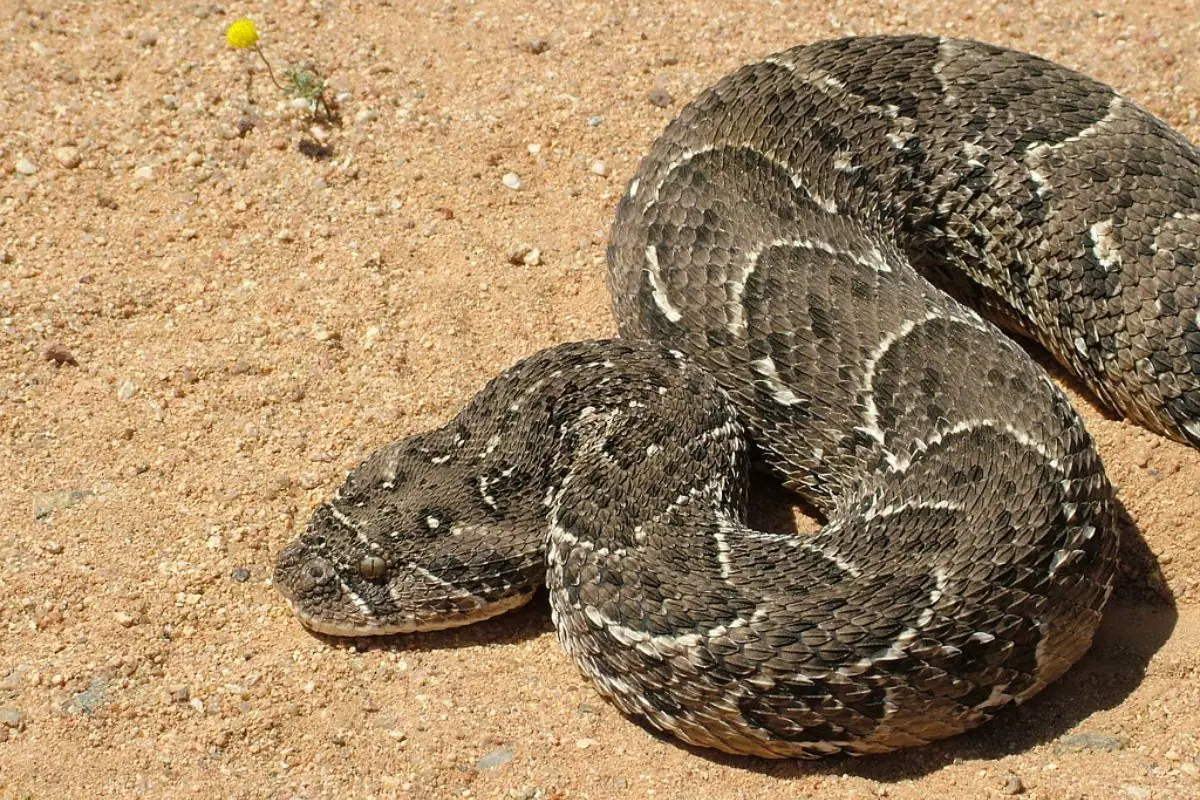
Advertisement
Eastern Diamondback Rattlesnake
The Eastern Diamondback Rattlesnake, Crotalus adamanteus, is the largest rattlesnake species, found in the southeastern United States. It can grow over 8 feet long and is recognized by its distinctive diamond-shaped pattern. This venomous snake prefers dry, sandy areas and pine forests. Its diet includes small mammals and birds. The rattling sound from its tail is a warning signal. The Eastern Diamondback plays a significant role in the ecosystem as a predator and is a subject of conservation efforts due to habitat loss.
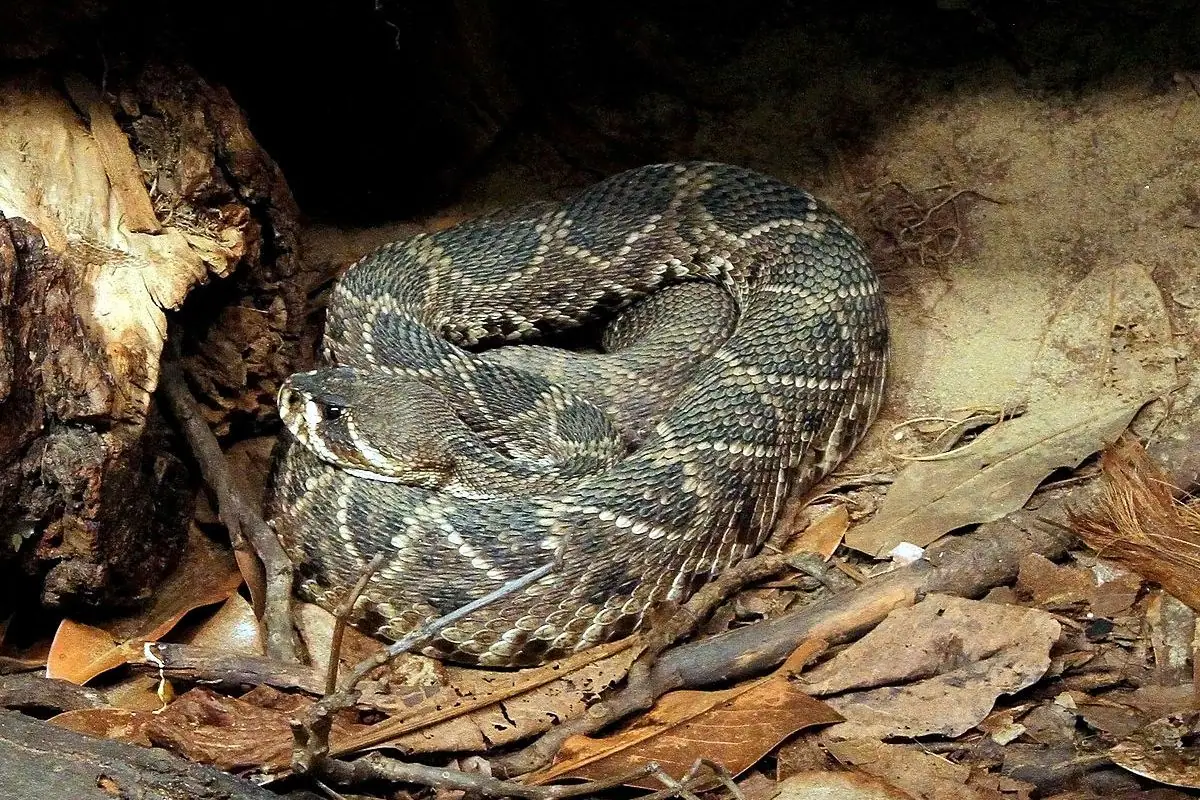
Advertisement
Asiatic Reticulated Python
The Asiatic Reticulated Python, Malayopython reticulatus, is among the world's longest snakes, found in Southeast Asia. It can exceed lengths of 20 feet. This python is known for its intricate pattern, which provides excellent camouflage in rainforests and streams. They primarily feed on birds and small mammals. Despite their size, they are adept swimmers and can be occasionally found near water bodies. Their impressive length and adaptability in various habitats make them a key species for ecological studies.
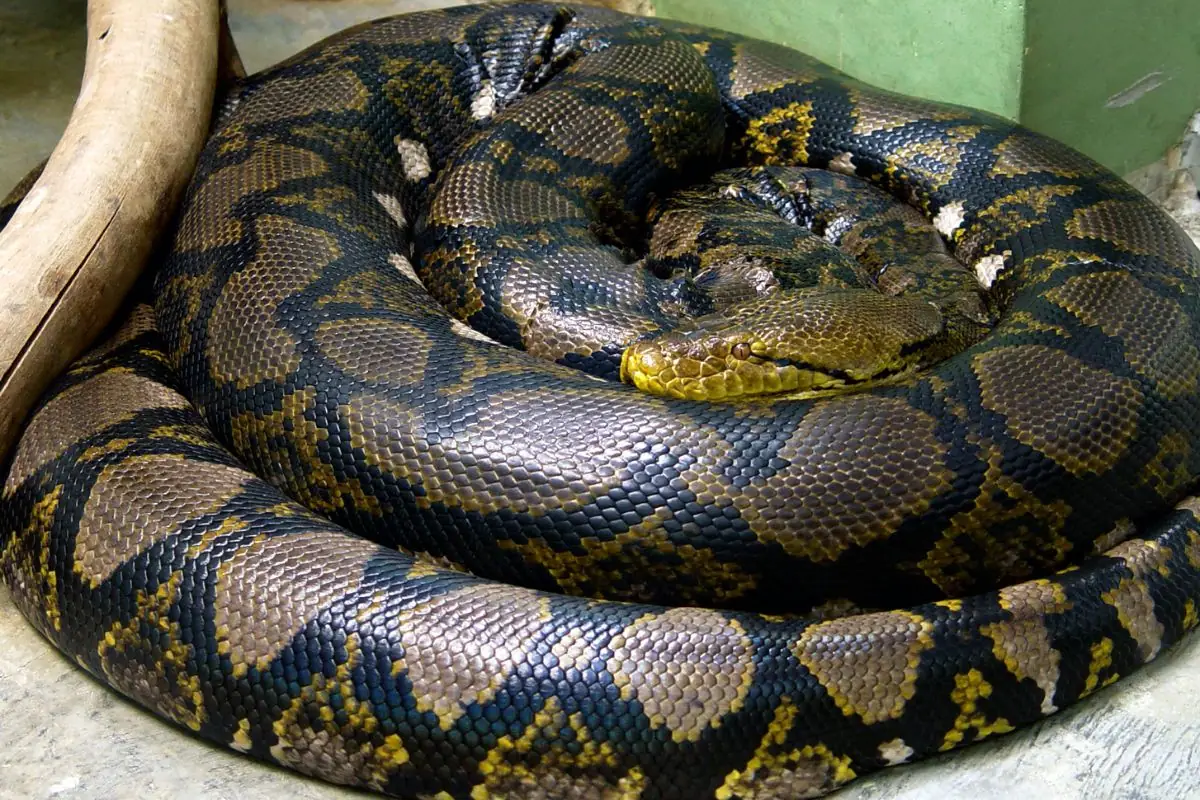
Advertisement
California Kingsnake
The California Kingsnake, Lampropeltis californiae, is native to the western United States and northern Mexico. Growing up to 4 feet, this constrictor is known for its immunity to rattlesnake venom. It exhibits diverse patterns, from bands to stripes, in various colors. Their diet includes rodents, birds, and other reptiles, including venomous snakes. Their unique immunity to venom and adaptability to different environments make them a fascinating subject for herpetological studies.
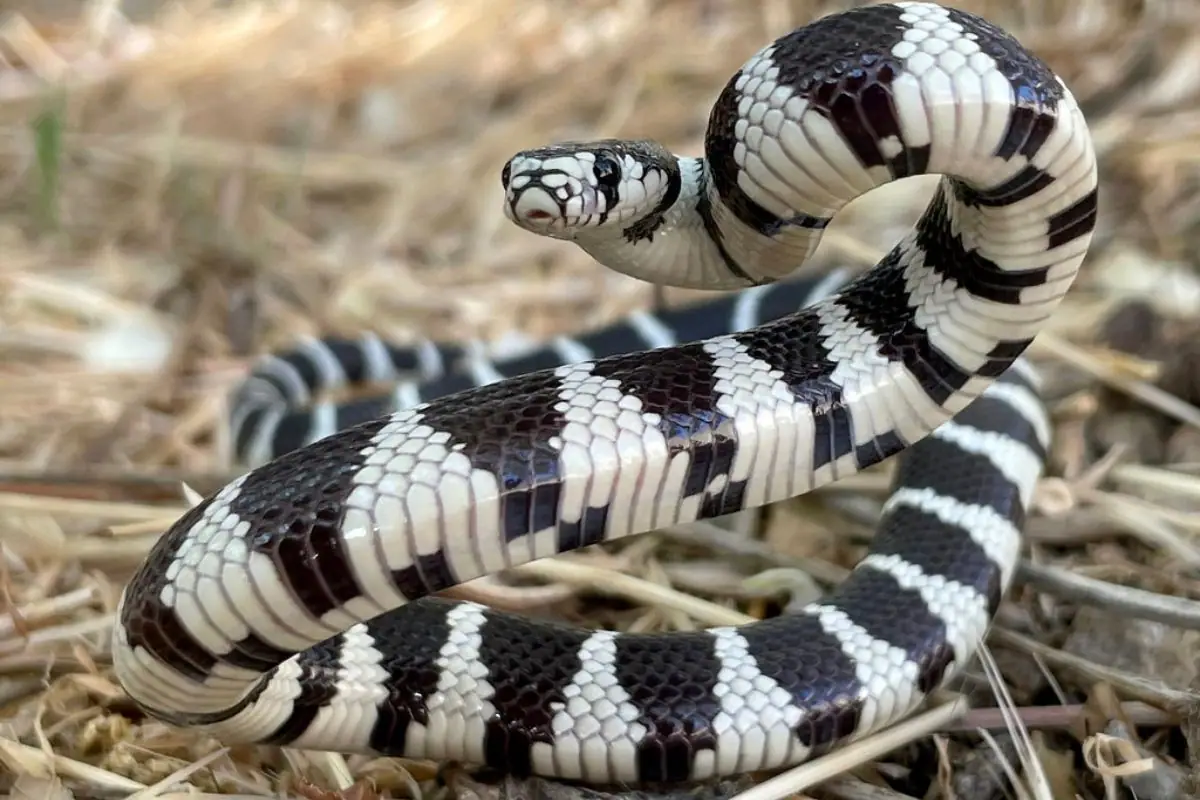
Advertisement
Amazonian Bushmaster
Lachesis muta, the Amazonian Bushmaster, is one of the longest venomous snakes in the Americas, found in the Amazon rainforest. It can grow up to 12 feet and is known for its potent venom. This elusive snake prefers humid and dense forest areas. Its diet mainly consists of small mammals. The Bushmaster's secretive nature and venom potency make it a significant species for venom research and tropical ecology.
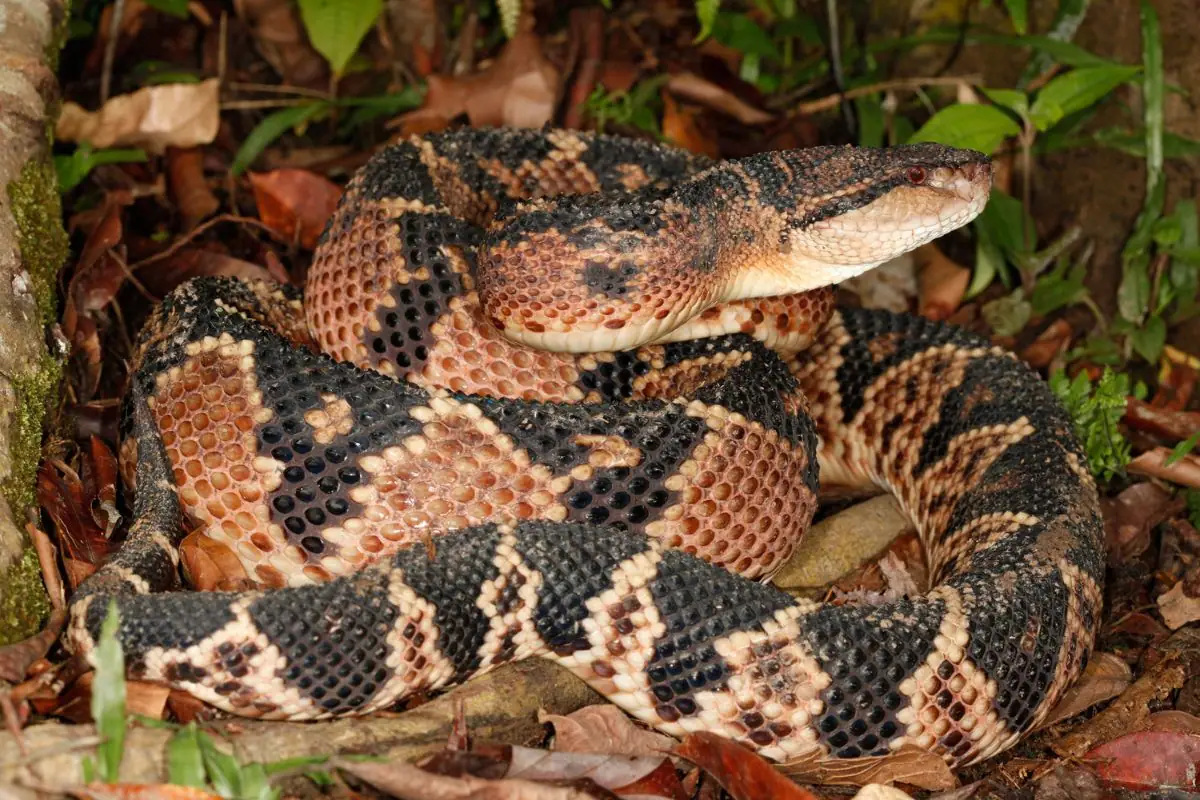
Advertisement
Sri Lankan Pit Viper
Trimeresurus trigonocephalus, the Sri Lankan Pit Viper, is a venomous snake native to the rainforests of Sri Lanka. It grows up to 3 feet and is known for its heat-sensing pits, used to detect warm-blooded prey. The snake exhibits vibrant green and yellow colors, aiding in camouflage among foliage. It primarily feeds on small mammals and birds. The Pit Viper's unique sensory adaptation and striking appearance make it a subject of interest in herpetological research.
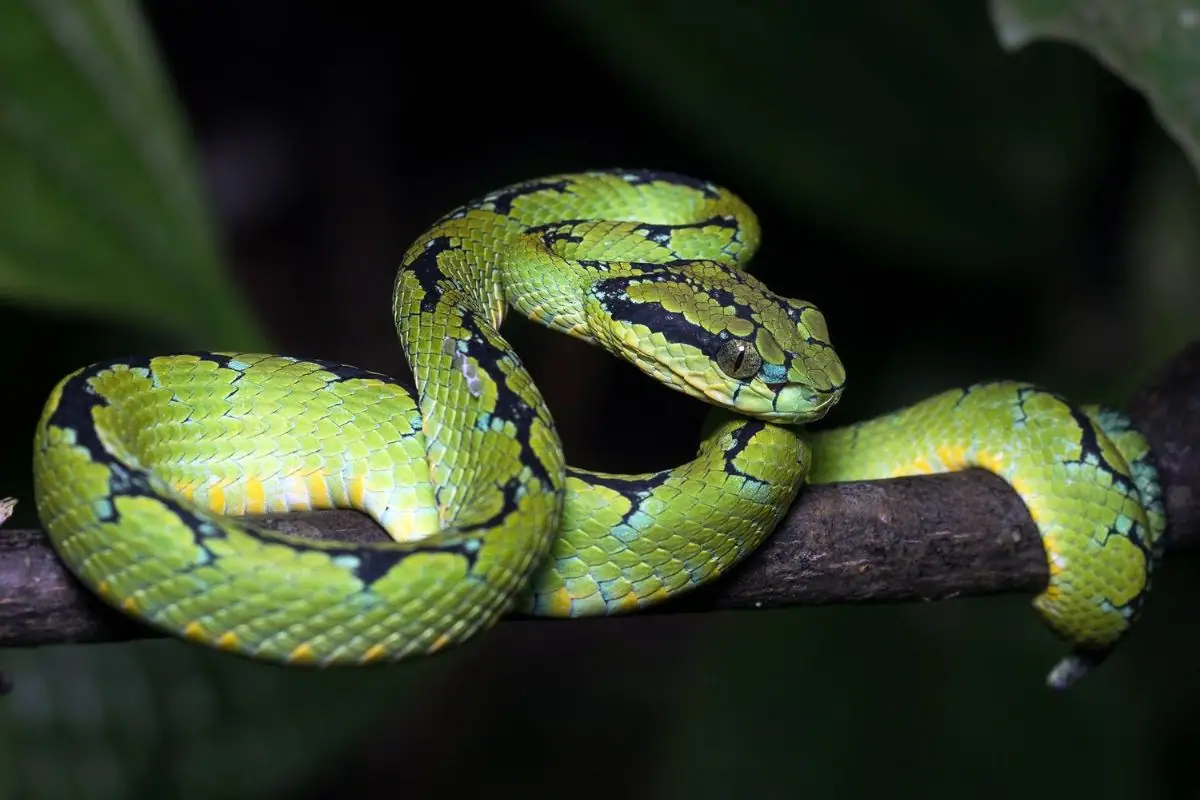
Advertisement
Western Hognose Snake
Heterodon nasicus, the Western Hognose Snake, is known for its distinctive upturned snout and dramatic defense tactics, including playing dead. Found in North America, it grows up to 3 feet. This non-venomous snake prefers arid habitats and feeds on amphibians and small mammals. Its unique snout is used for digging in sandy soils. The Hognose Snake's unusual defensive behavior and ecological role in controlling pest populations make it an interesting species for study.
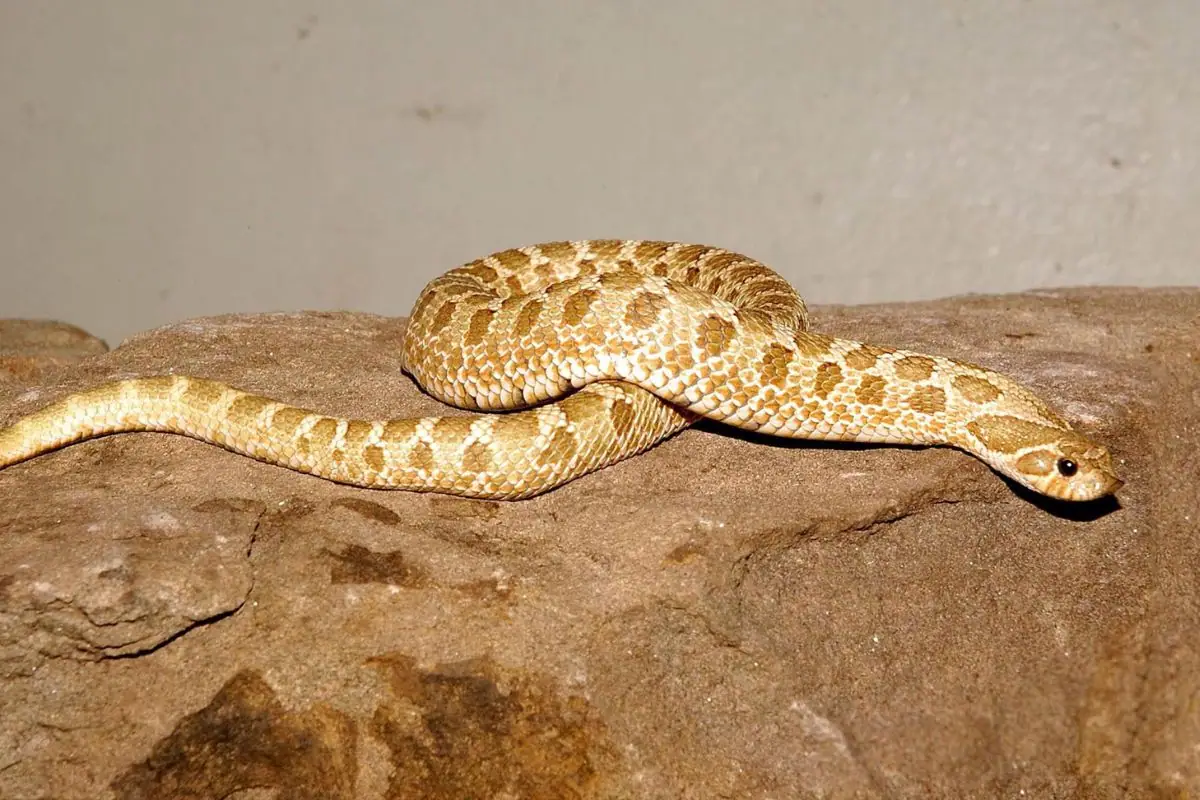
Advertisement
Gaboon Viper
The Gaboon Viper, Bitis gabonica, found in African rainforests, is known for having the longest fangs of any snake, reaching up to 2 inches. It can grow up to 6 feet and has a distinctive cryptic pattern that blends with the forest floor. This viper's diet includes small mammals and birds. Its venom is highly potent, and the snake plays a crucial role in controlling prey populations. The Gaboon Viper's camouflage abilities and venom potency make it a key species for studies in toxinology.
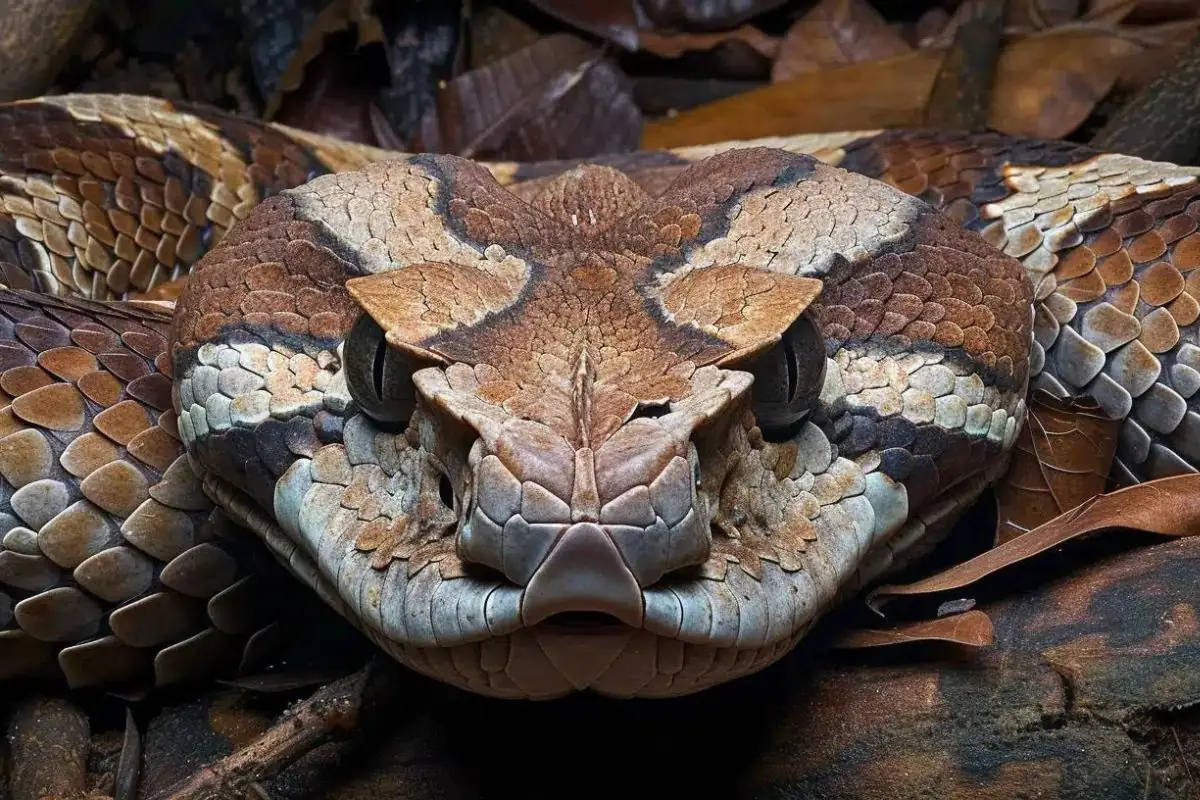
Advertisement
Texas Coral Snake
Micrurus tener, the Texas Coral Snake, is a small, venomous snake found in the southern United States. It grows up to 2 feet and is known for its bright red, yellow, and black banding. This coloration is a warning sign to predators. The snake's diet consists of small reptiles and amphibians. The Texas Coral Snake's venom is neurotoxic, and it plays a significant role in the ecosystem as a predator of other small reptiles.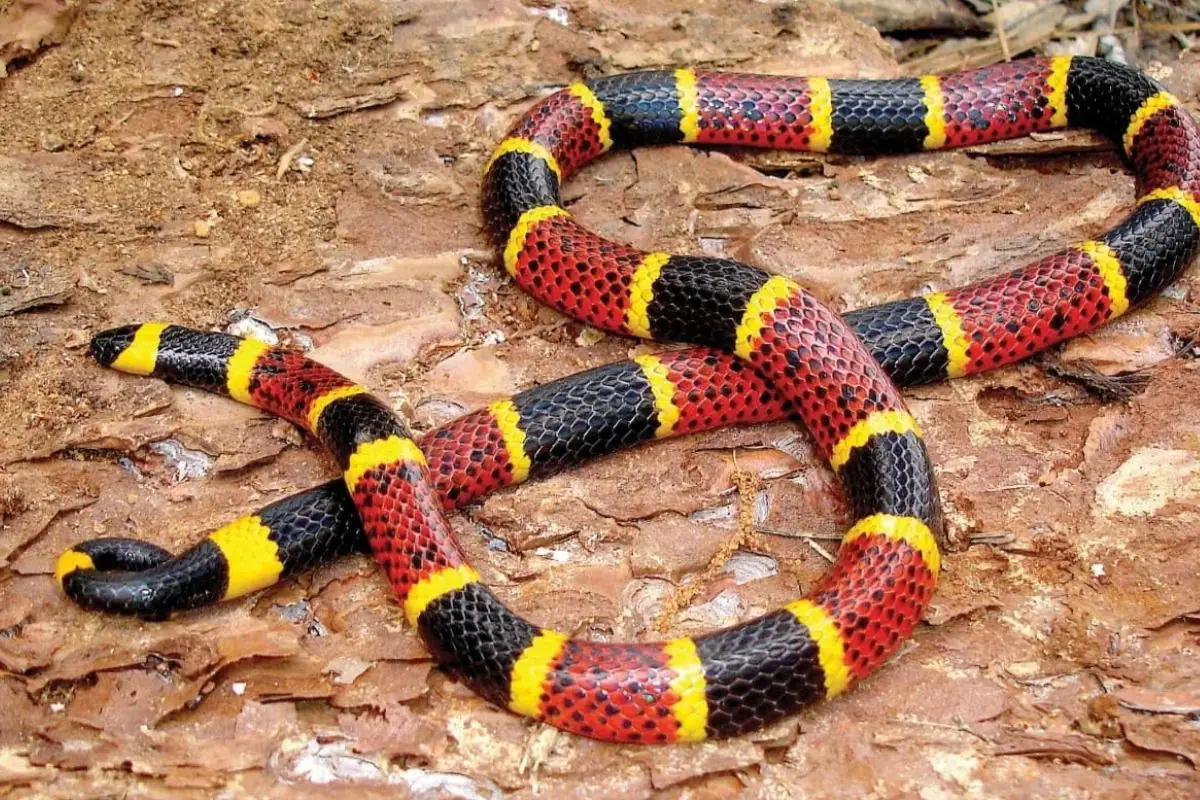
Advertisement
Eyelash Viper
Bothriechis schlegelii, the Eyelash Viper, is a small venomous snake found in Central and South America. It grows up to 2 feet and is known for its eyelash-like scales above the eyes. The snake exhibits a range of colors, from green to yellow and even pink. It primarily preys on small birds and mammals. The Eyelash Viper's unique appearance and arboreal lifestyle make it a fascinating subject for ecological and evolutionary studies.
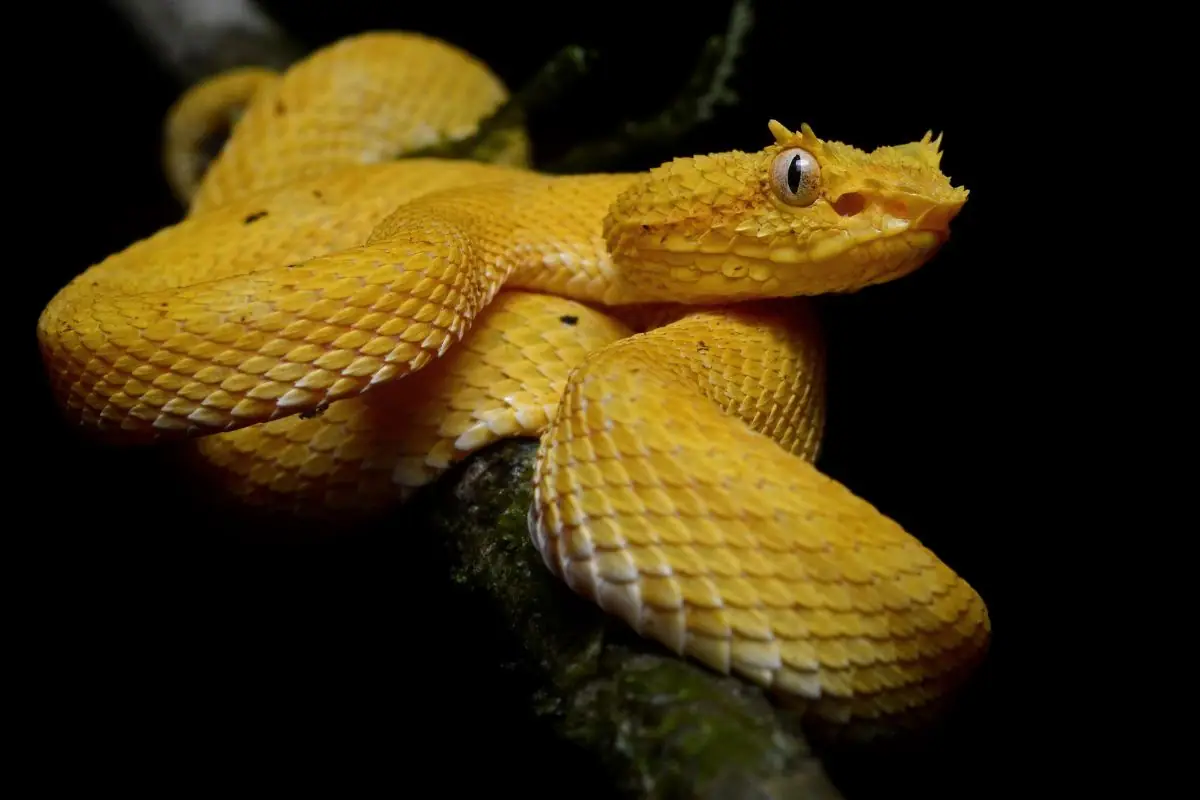
Advertisement
Mangrove Snake
Boiga dendrophila, the Mangrove Snake, is a semi-aquatic species found in Southeast Asia. It can grow up to 8 feet and is known for its striking black and yellow bands. This non-venomous snake inhabits mangroves and coastal forests, feeding on small mammals, birds, and amphibians. Its adaptation to both land and water environments and striking appearance make it an interesting species for ecological research.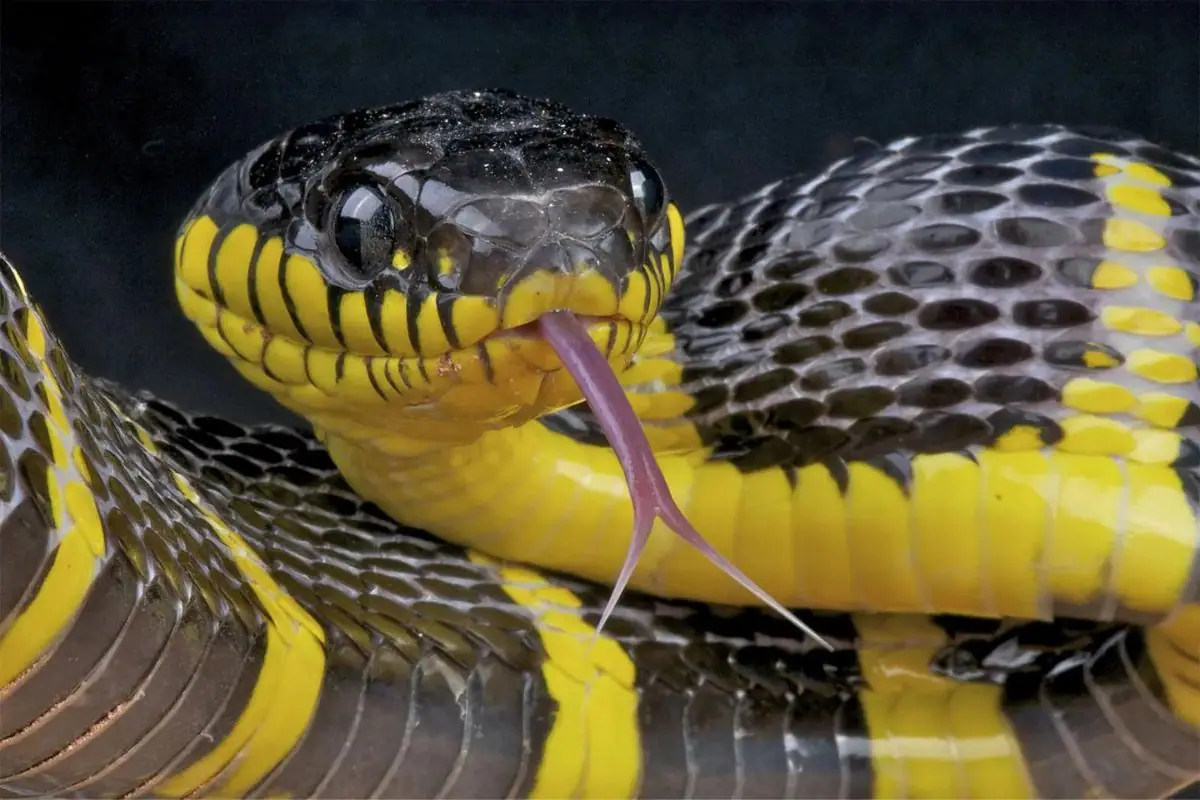
Advertisement
Death Adder
Acanthophis antarcticus, the Death Adder, found in Australia and New Guinea, is known for its highly venomous bite and effective ambush predation tactics. It grows up to 3 feet and resembles a viper in appearance. The snake's diet includes small mammals and birds. The Death Adder's hunting strategy and venom potency make it a significant species for studying snake venom and its medical applications.
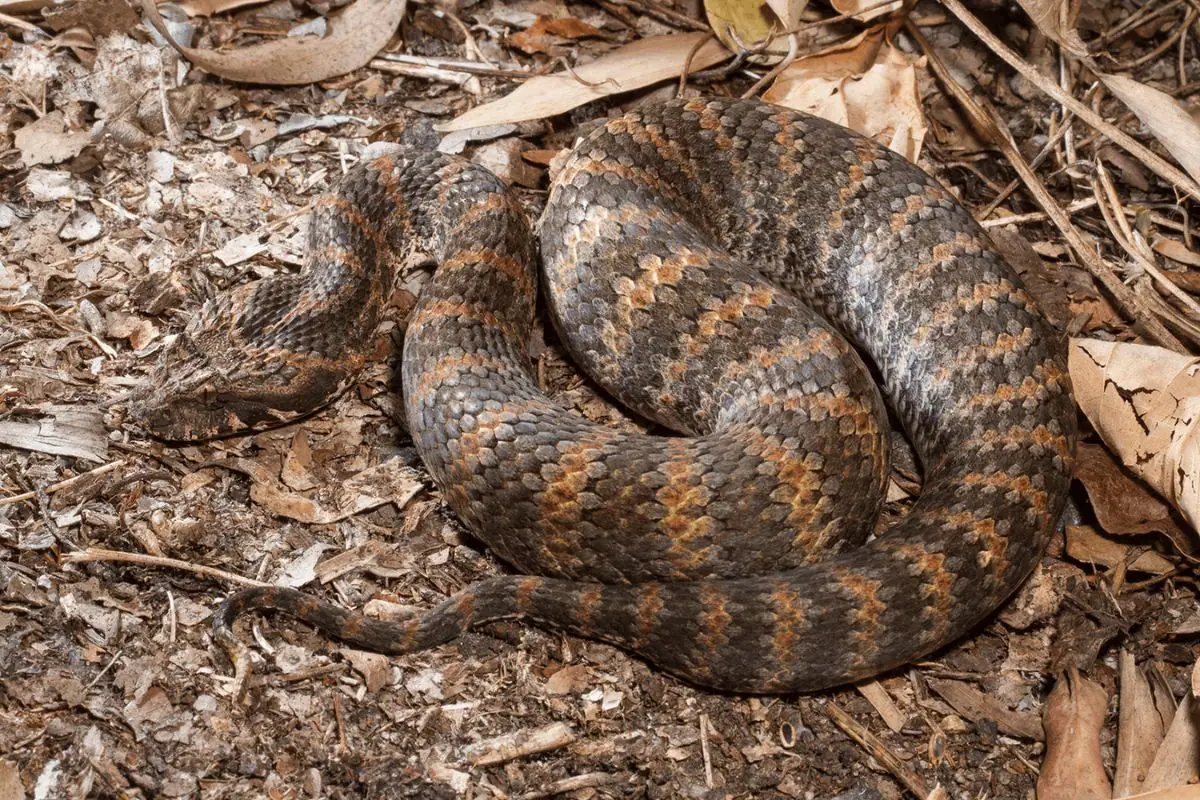
.png)




